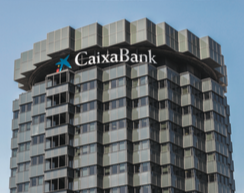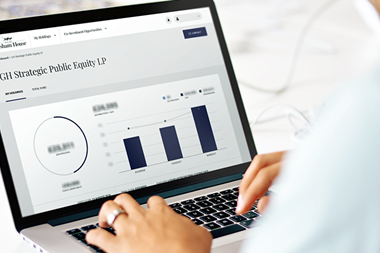Spain’s occupational pension funds made average returns of 2.74% over the 2016 calendar year, according to the country’s Investment and Pension Fund Association (INVERCO).
This compares with a 3.48% return for the 12 months to end-September, and is also lower than the 2.88% for calendar 2015.
However, INVERCO pointed out that this performance was achieved in spite of the periods of uncertainty that dominated the markets throughout the year. Equities performed well towards the end of 2016, the association added.
Average annualised returns for Spanish occupational funds were 4.28% for the three years to 31 December 2016, and 5.76% for the five years to that date.
At the end of December, total assets under management for the occupational pensions sector stood at €35.4bn, a reduction of 0.3% over the past year. The number of participants in the occupational system remained stable at just over 2m.
For Spanish pension funds as a whole, the continuing shift away from domestic assets accelerated towards the year-end: they formed 57.2% of portfolios at end-December 2016, compared with 62.5% at end-September.
Non-domestic holdings grew from 22.8% at end-September 2016 to 26.3% three months later.
There was a similar shift from fixed income to equities during the final quarter of the year, although a large factor was the relative outperformance of equities over the period.
Fixed income investments made up 54.3% of portfolios at the end of the year, down 3.3 percentage points since end-September. This compares with 27.2% invested in equities, an increase of 3.5 percentage points over September.
Of this, 9.6% is in Spanish shares, with 17.6% in non-domestic shares.
However, the biggest single component of pension fund portfolios – 29.4% – is still invested in Spanish government bonds, with a further 16.2% in dometic corporate bonds.
David Cienfuegos, head of investment for Spain at Willis Towers Watson, said: “Clearly the trend is towards lower returns, and given the current state of the global economy, we believe it will be lower for longer.”
He said the best-performing assets during 2016 for the firm’s Spanish pension fund clients had been the more illiquid ones such as private equity, infrastructure, and private debt. Clients using larger managers with global exposure also saw a boost to returns.
Cienfuegos added: “More traditional asset classes had a difficult year, and in equities there were concerns about China’s slowdown, although the rally in the last few weeks of 2016 helped performance.”
According to Cienfuegos, there is now a divide within Spanish occupational pension funds between those that have stayed within traditional asset classes, and those that have diversified into assets such as alternative credit and private markets.
“We are now starting to see divergences in performance,” he said. “Those funds – generally the larger ones – who have done their homework and are diversifying into alternatives had returns around 4-5% in 2016, rather than the industry average of 2.7%.”
Cienfuegos said that one of the main concerns in terms of risk management for his firm’s clients was currency exposure within global mandates, especially in US dollars.
He said: “The cost of hedging has increased dramatically because of the divergence between US dollar and euro interest rates, with the difference of about 1.5% on any US dollar exposure.”
Cienfuegos said large pension funds are now reviewing their currency hedging policies and considering how they can hedge without the increased cost.
Meanwhile, preliminary estimates from Mercer’s Pension Investment Performance Service (PIPS) gave a more upbeat picture of performance, with a 3.6% investment return for Spanish pension funds over the 2016 calendar year.
The PIPS covers a large sample of pension funds, most of them occupational schemes.
Over the calendar year, within the sample universe equities outperformed fixed income by a wide margin. Non-euro-zone equities did best with a return of 14%, while euro-zone equities made 4.1%. Fixed income returned 2.8%.
However, the month of December had seen an upsurge in euro-zone performance, with a 7.9% return for euro-zone equities, compared with 2.2% for non-euro-zone equities.

















No comments yet